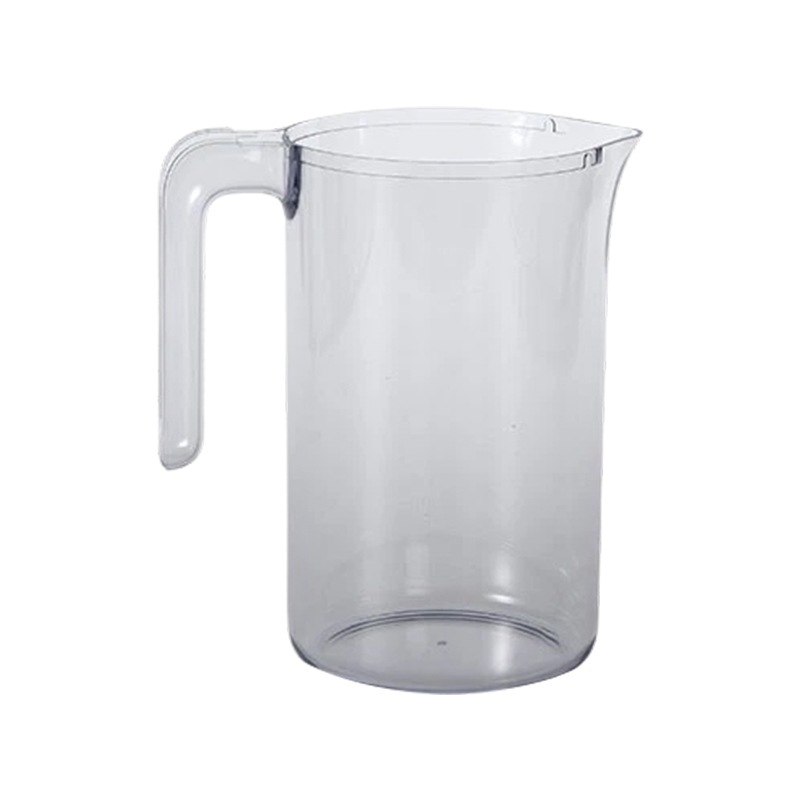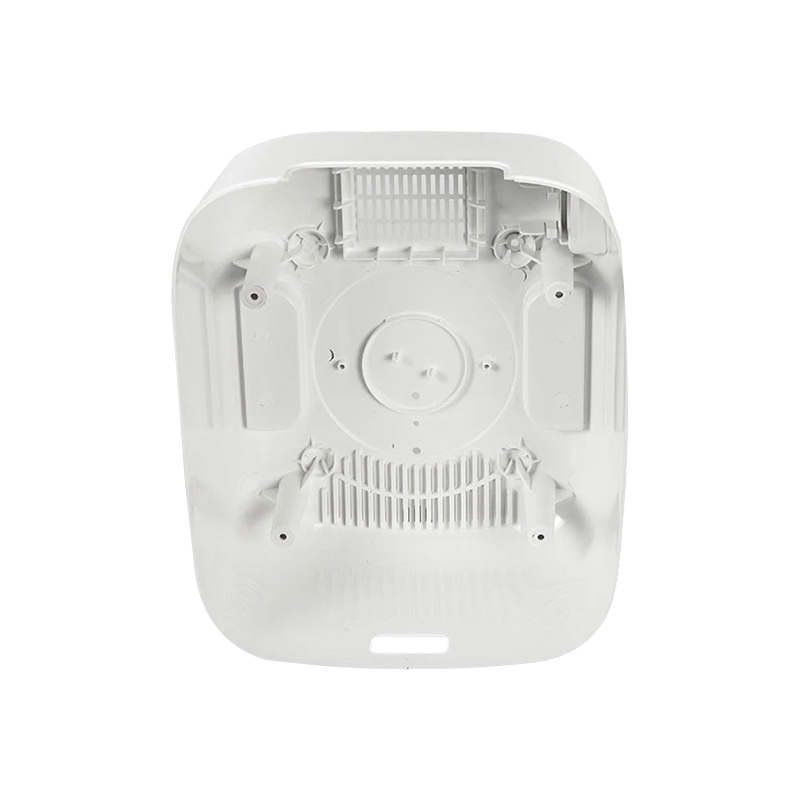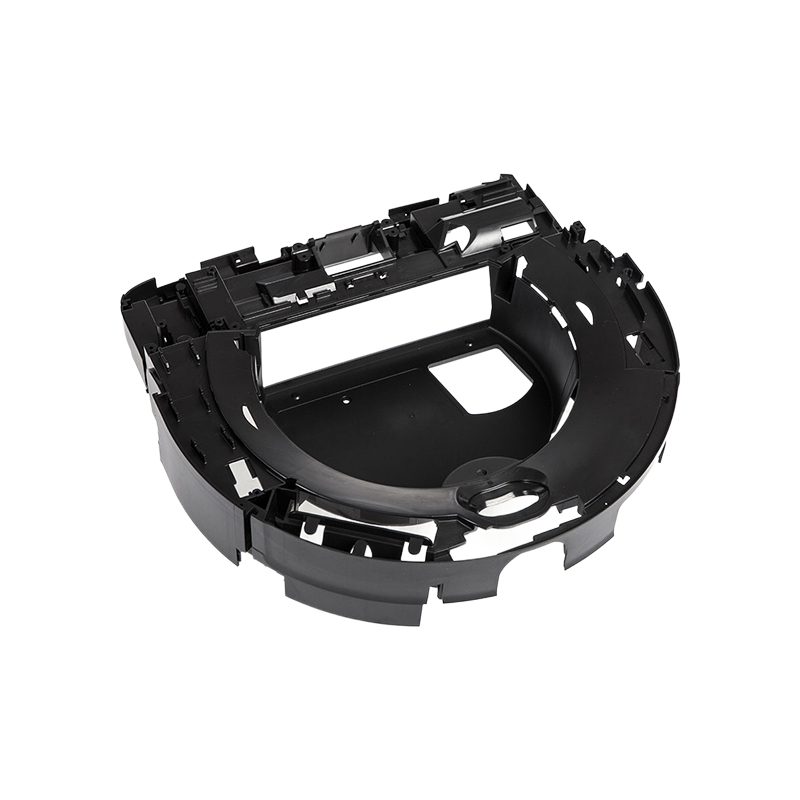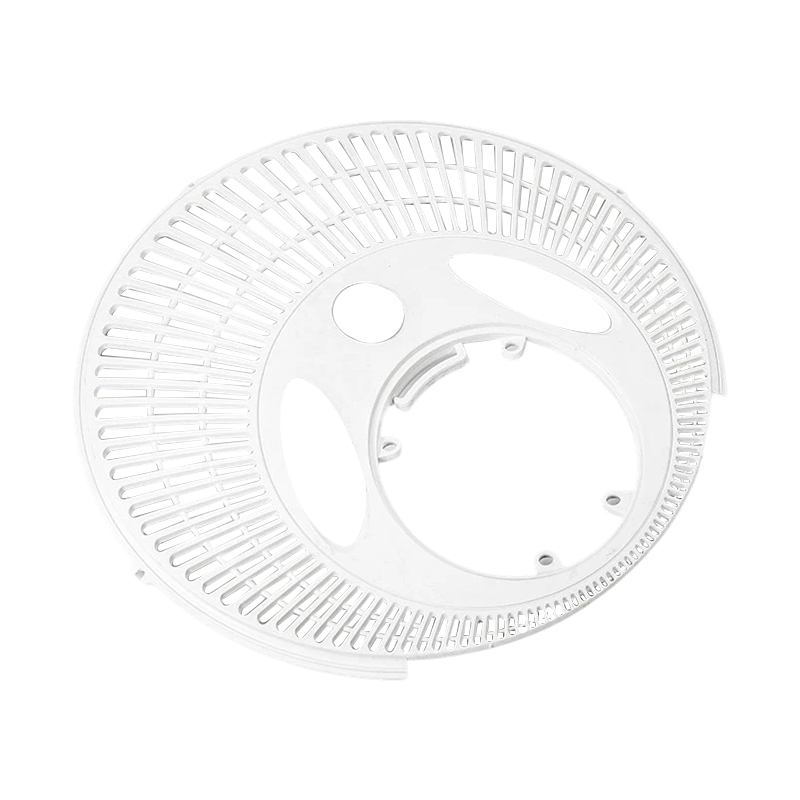How speaker housing is key to improving sound quality?
Release Time : 2025-03-21
Speaker housing plays a vital role in improving sound quality.
1. Reduce resonance and vibration
Shock absorbers: Some advanced speaker designs use shock absorbers, such as shock absorbers or damping materials, which are cleverly integrated into the speaker housing to reduce the vibrations generated by the speaker when playing music. Shock absorbers improve the clarity of sound quality by absorbing and dispersing vibration energy, preventing speaker vibrations from causing blur and distortion.
Sturdy structure: A sturdy housing design can effectively reduce the impact of external interference, such as ambient noise and physical shock, on the internal components of the speaker. A sturdy housing also provides better support to ensure that the speaker remains stable during playback and avoids unnecessary vibrations.
2. Optimize acoustic performance
Shape and size: The shape and size of the speaker housing have a significant impact on the sound quality. Through precise calculations and testing, designers can determine the best housing shape and size to achieve the best acoustic performance. For example, some housing designs are streamlined or tapered to optimize the propagation and diffusion of sound waves and reduce the loss and distortion of sound during propagation.
Material and thickness: The material and thickness of the speaker housing are also key factors affecting the sound quality. Different materials have different densities, rigidity and damping properties, which affect the propagation and reflection of sound waves. For example, metal housings usually have better rigidity and damping properties, which can reduce vibration and resonance, thereby improving the sound quality. On the other hand, wooden housings may have better natural timbre and warmth. The right thickness can ensure the firmness and stability of the housing while avoiding the increase in weight and cost caused by excessive thickness.
3. Enhance heat dissipation performance
Heat dissipation design: The speaker generates heat when working. If the heat cannot be dissipated in time, it may cause the speaker performance to deteriorate or even be damaged. The heat dissipation design of the speaker housing is crucial, and it can improve the heat dissipation efficiency by adding heat dissipation holes and using heat dissipation materials. Good heat dissipation performance can ensure that the speaker maintains stability and performance when working at high load for a long time, thereby improving the sound quality.
4. Protect internal components
Dustproof and waterproof: Speaker housings are usually dustproof and waterproof to protect internal components from dust and water. Designs such as dust covers can effectively prevent dust from entering the speaker and prevent dust from wearing the diaphragm and voice coil. Waterproof design can protect the speaker from moisture erosion in a humid environment and extend its service life.
Shockproof and anti-collision: The sturdiness and shock resistance of the speaker housing can protect the internal components from physical shock and vibration. During movement or transportation, the anti-collision design of the housing can ensure that the speaker is not damaged, thereby maintaining stable sound quality.
Speaker housings are the key to improving sound quality by reducing resonance and vibration, optimizing acoustic performance, enhancing heat dissipation, and protecting internal components. Therefore, when designing and manufacturing speakers, these characteristics of the housing should be fully considered to ensure that the speaker can achieve the best sound quality.
1. Reduce resonance and vibration
Shock absorbers: Some advanced speaker designs use shock absorbers, such as shock absorbers or damping materials, which are cleverly integrated into the speaker housing to reduce the vibrations generated by the speaker when playing music. Shock absorbers improve the clarity of sound quality by absorbing and dispersing vibration energy, preventing speaker vibrations from causing blur and distortion.
Sturdy structure: A sturdy housing design can effectively reduce the impact of external interference, such as ambient noise and physical shock, on the internal components of the speaker. A sturdy housing also provides better support to ensure that the speaker remains stable during playback and avoids unnecessary vibrations.
2. Optimize acoustic performance
Shape and size: The shape and size of the speaker housing have a significant impact on the sound quality. Through precise calculations and testing, designers can determine the best housing shape and size to achieve the best acoustic performance. For example, some housing designs are streamlined or tapered to optimize the propagation and diffusion of sound waves and reduce the loss and distortion of sound during propagation.
Material and thickness: The material and thickness of the speaker housing are also key factors affecting the sound quality. Different materials have different densities, rigidity and damping properties, which affect the propagation and reflection of sound waves. For example, metal housings usually have better rigidity and damping properties, which can reduce vibration and resonance, thereby improving the sound quality. On the other hand, wooden housings may have better natural timbre and warmth. The right thickness can ensure the firmness and stability of the housing while avoiding the increase in weight and cost caused by excessive thickness.
3. Enhance heat dissipation performance
Heat dissipation design: The speaker generates heat when working. If the heat cannot be dissipated in time, it may cause the speaker performance to deteriorate or even be damaged. The heat dissipation design of the speaker housing is crucial, and it can improve the heat dissipation efficiency by adding heat dissipation holes and using heat dissipation materials. Good heat dissipation performance can ensure that the speaker maintains stability and performance when working at high load for a long time, thereby improving the sound quality.
4. Protect internal components
Dustproof and waterproof: Speaker housings are usually dustproof and waterproof to protect internal components from dust and water. Designs such as dust covers can effectively prevent dust from entering the speaker and prevent dust from wearing the diaphragm and voice coil. Waterproof design can protect the speaker from moisture erosion in a humid environment and extend its service life.
Shockproof and anti-collision: The sturdiness and shock resistance of the speaker housing can protect the internal components from physical shock and vibration. During movement or transportation, the anti-collision design of the housing can ensure that the speaker is not damaged, thereby maintaining stable sound quality.
Speaker housings are the key to improving sound quality by reducing resonance and vibration, optimizing acoustic performance, enhancing heat dissipation, and protecting internal components. Therefore, when designing and manufacturing speakers, these characteristics of the housing should be fully considered to ensure that the speaker can achieve the best sound quality.








